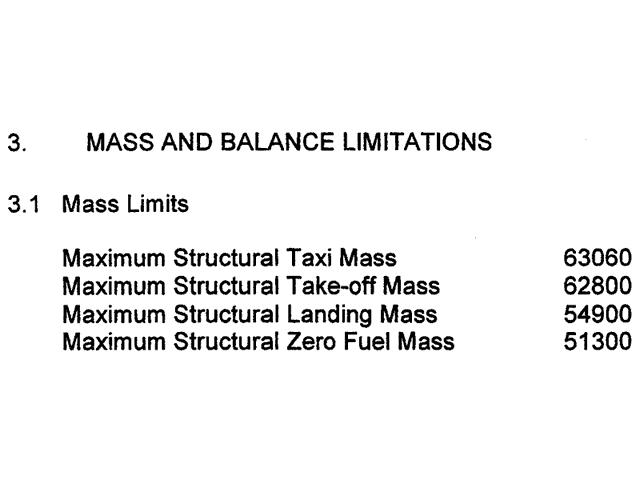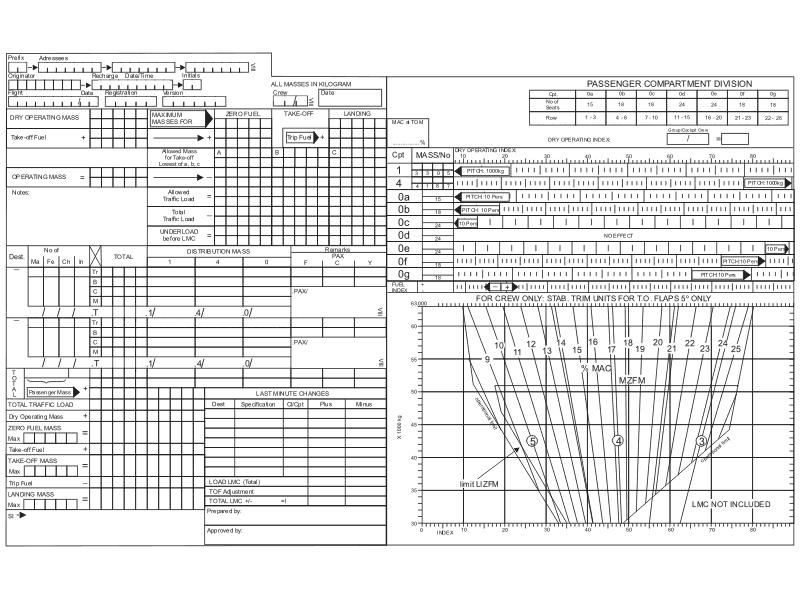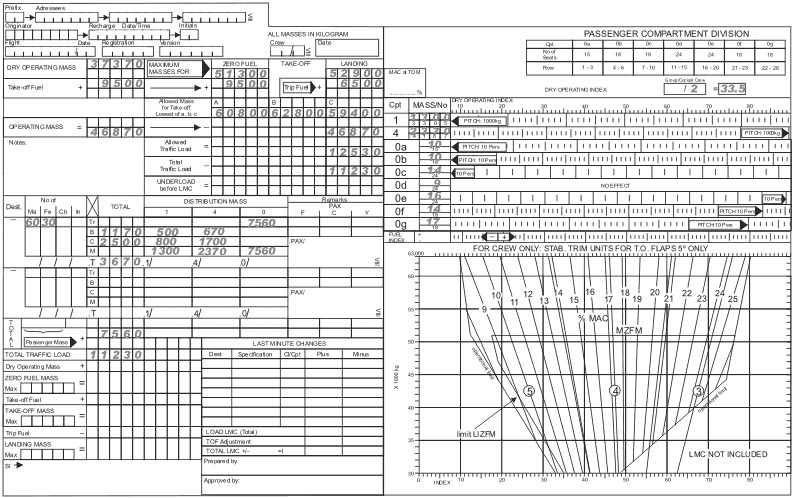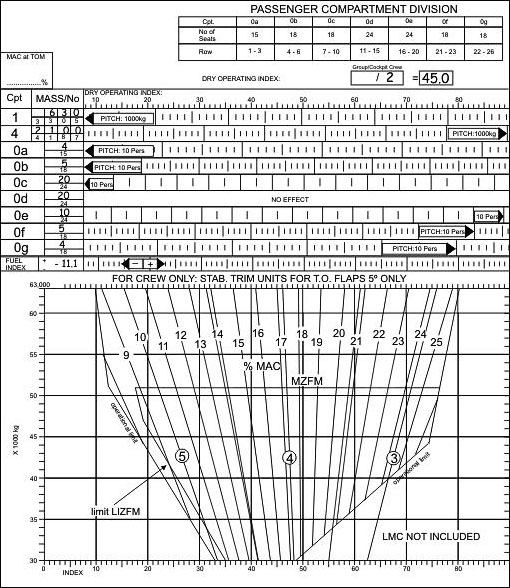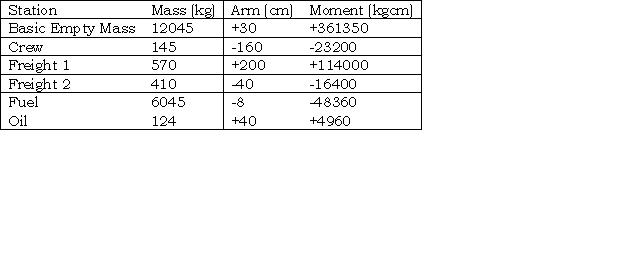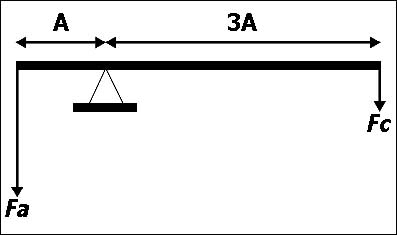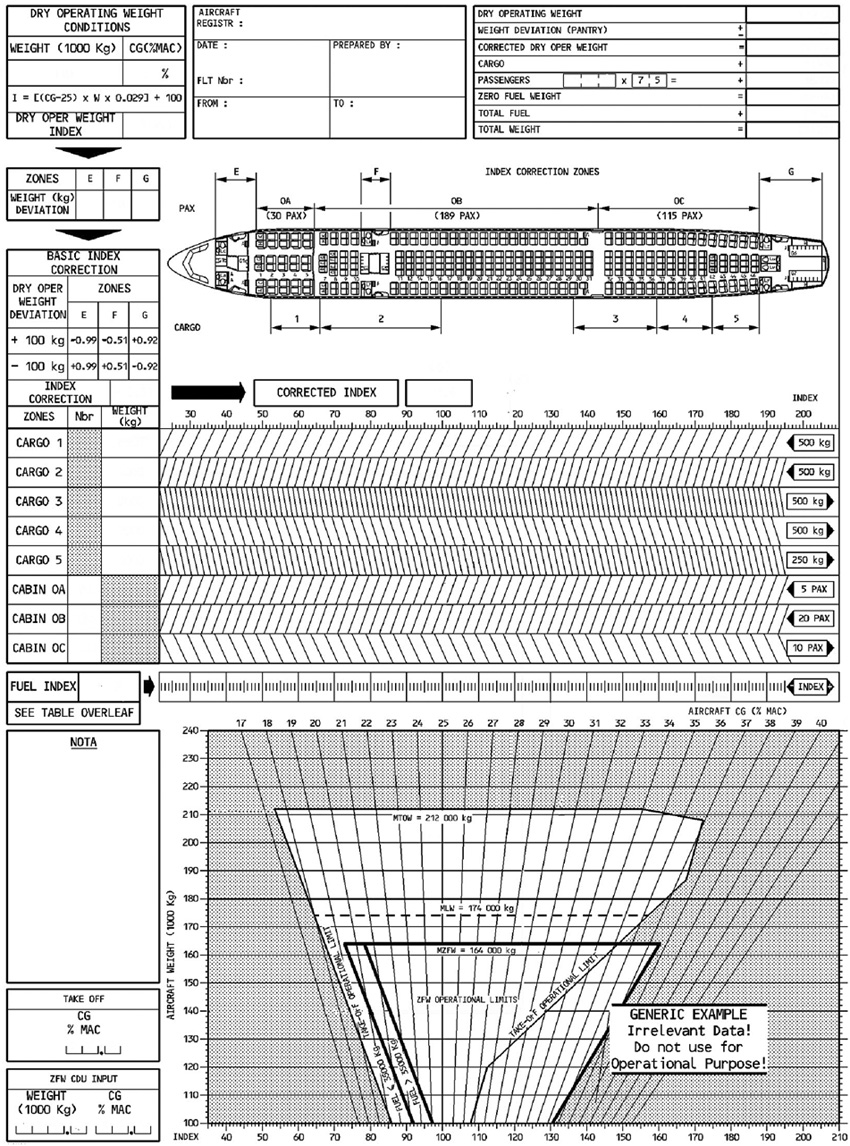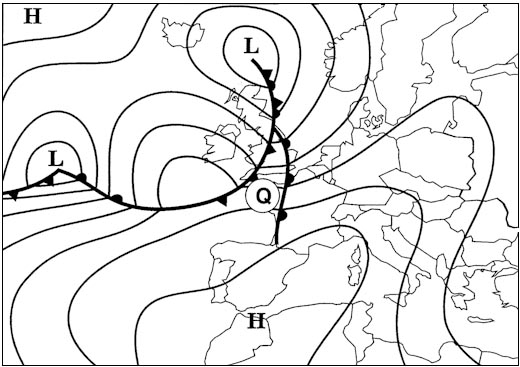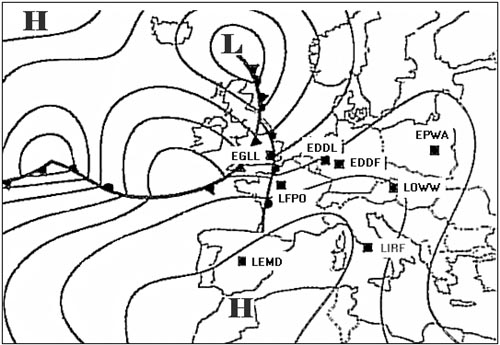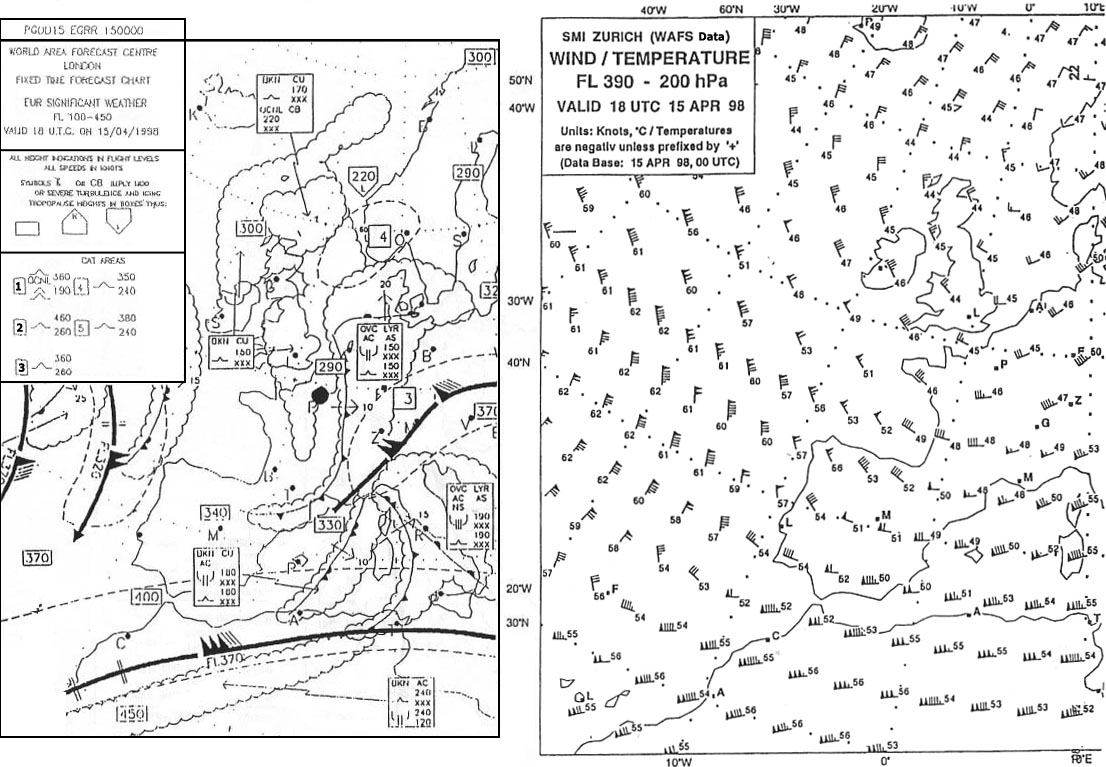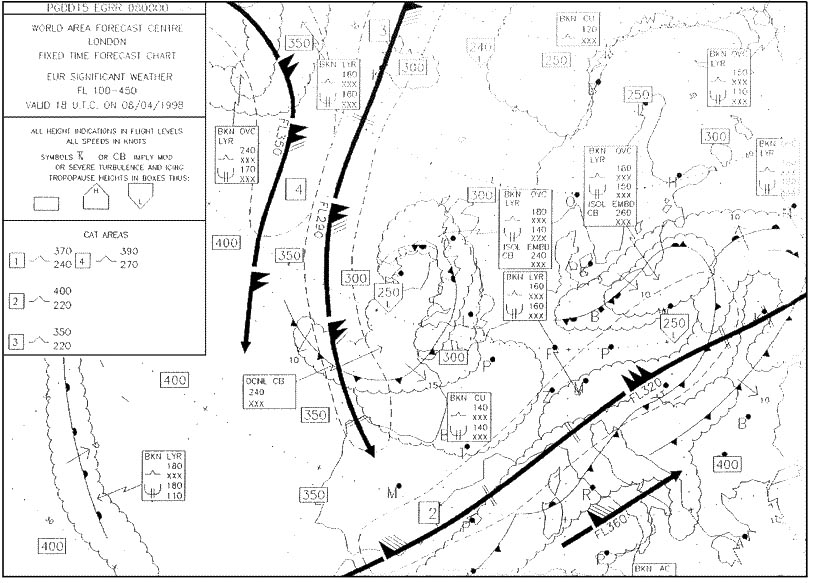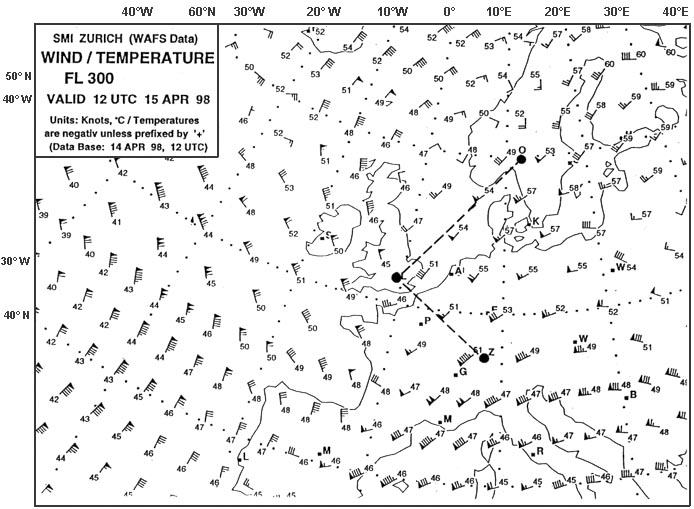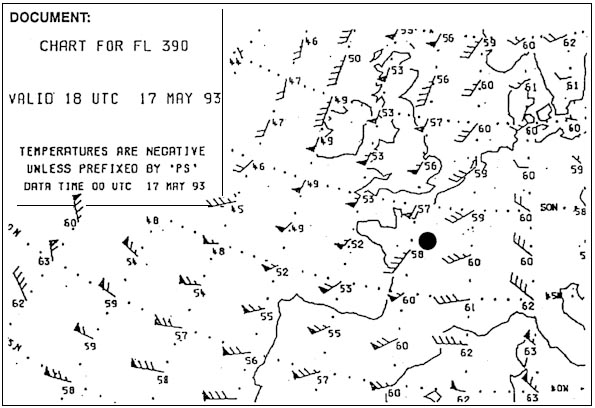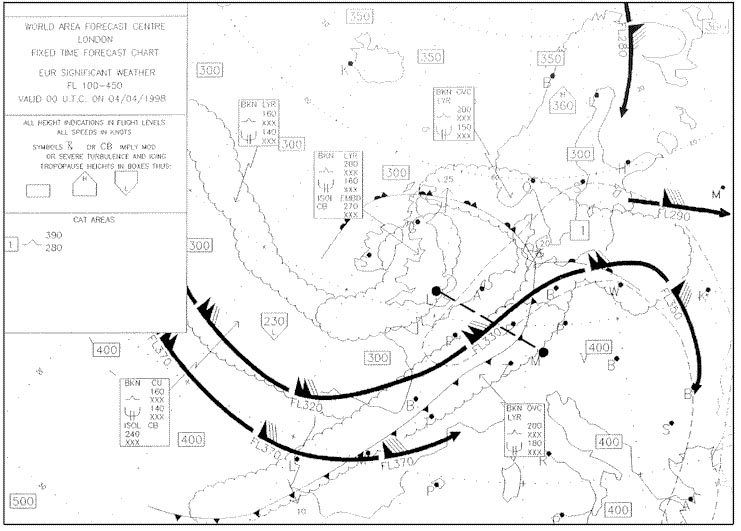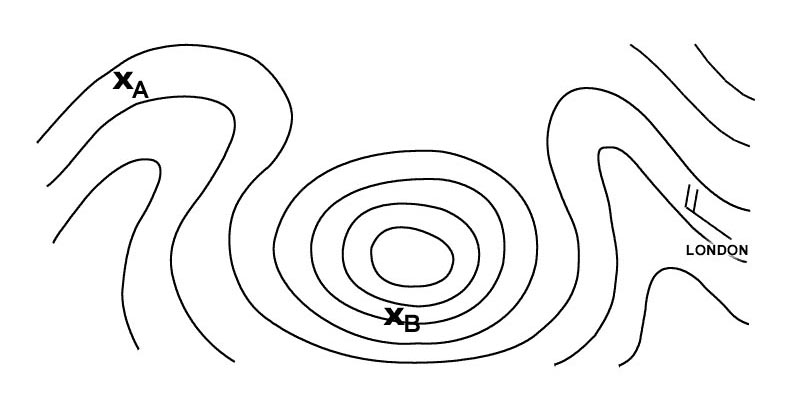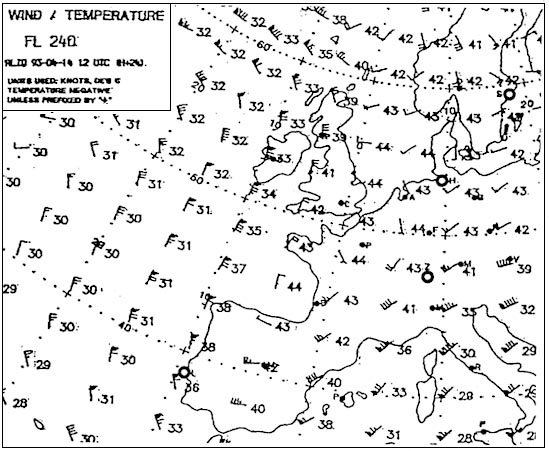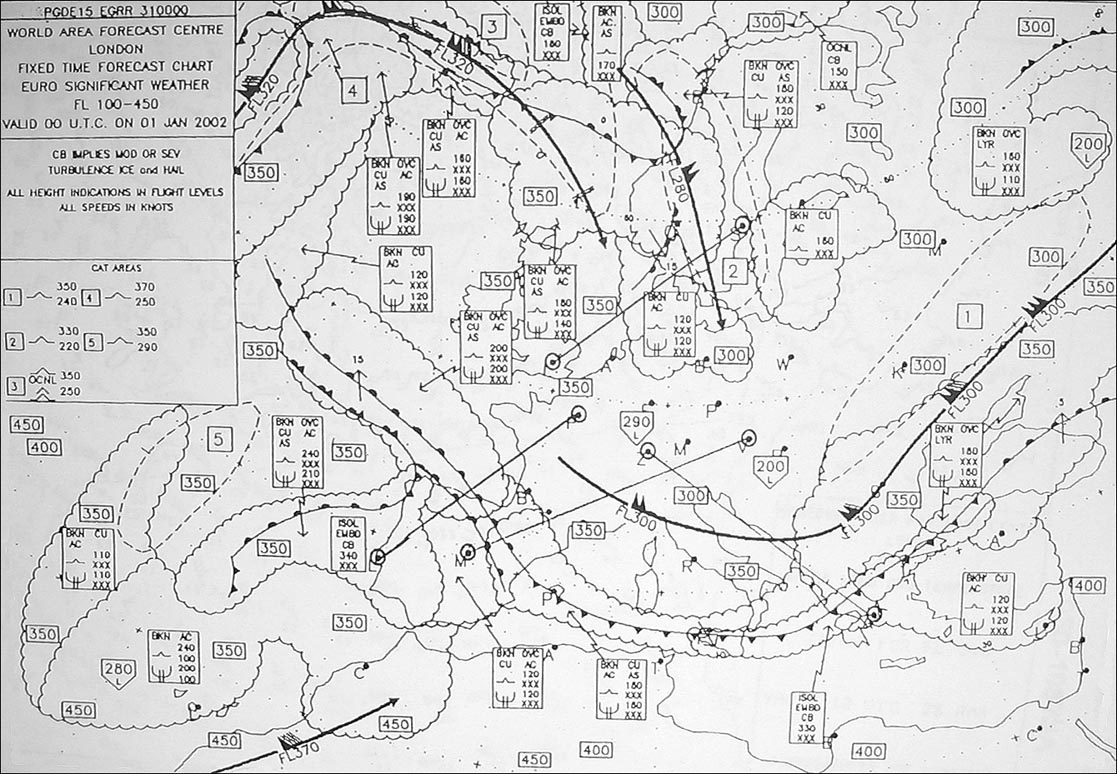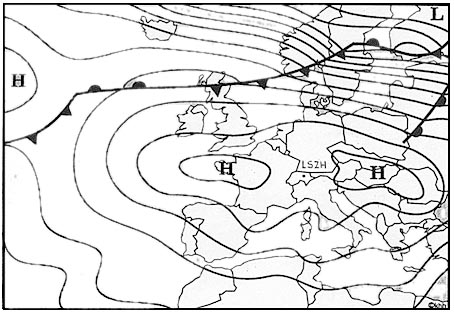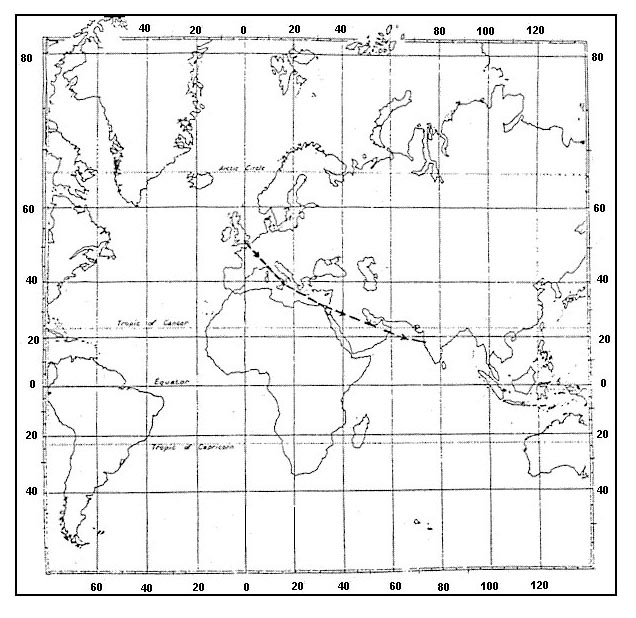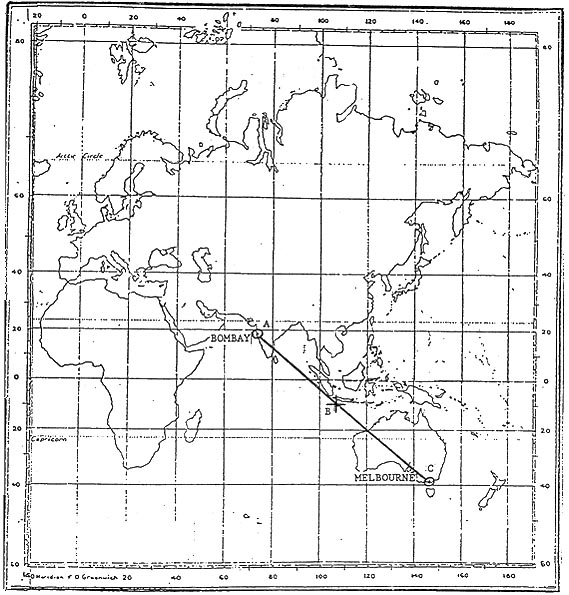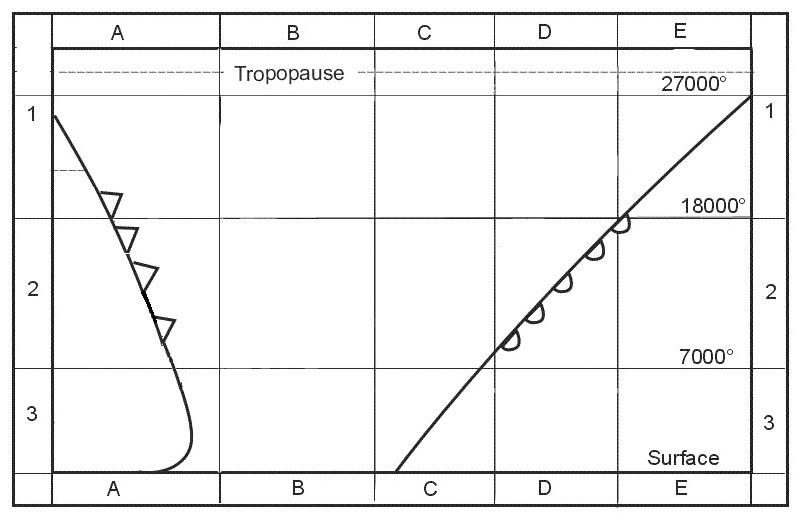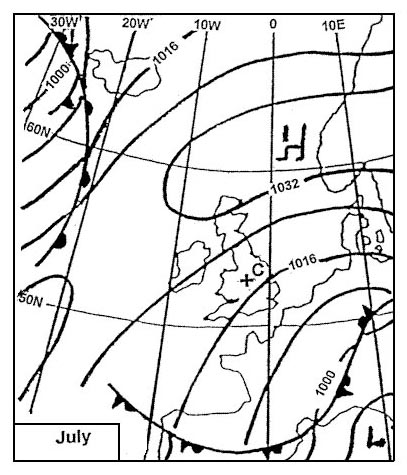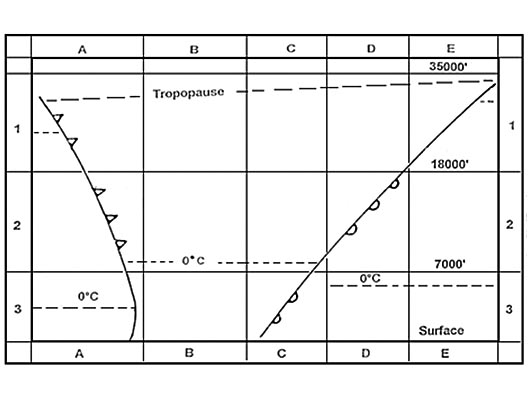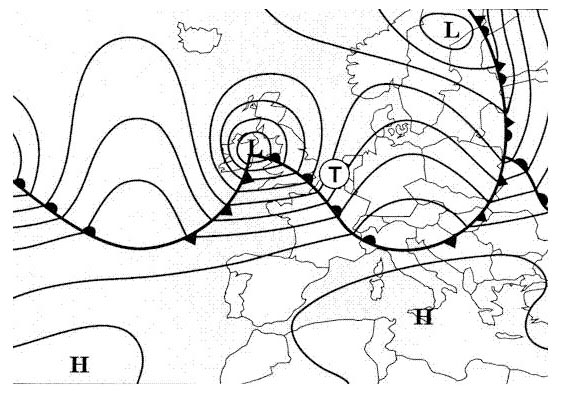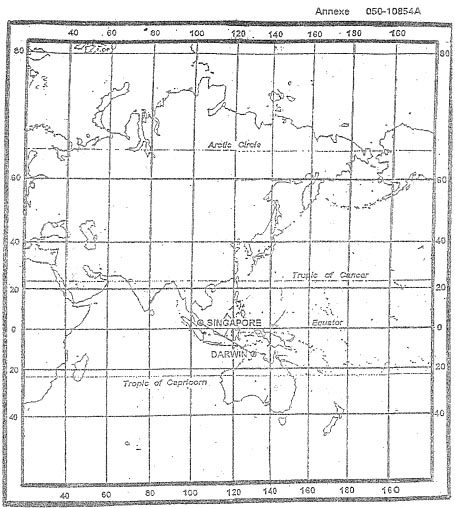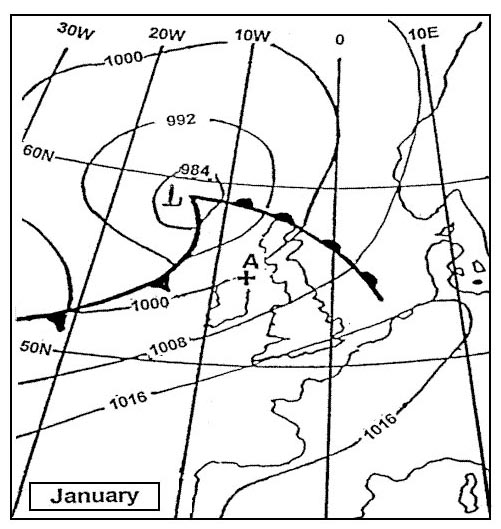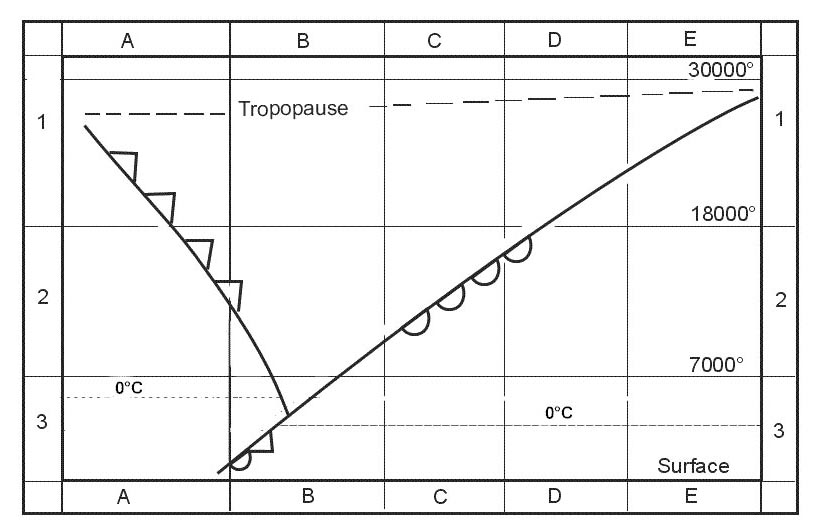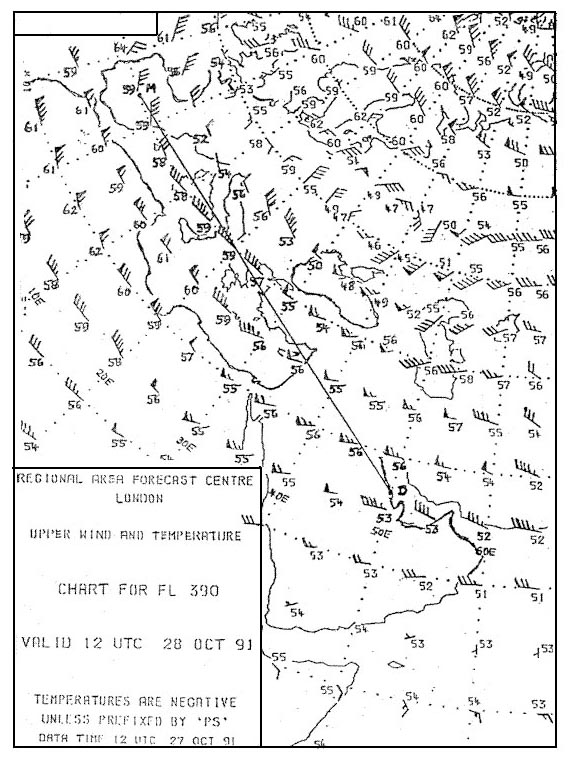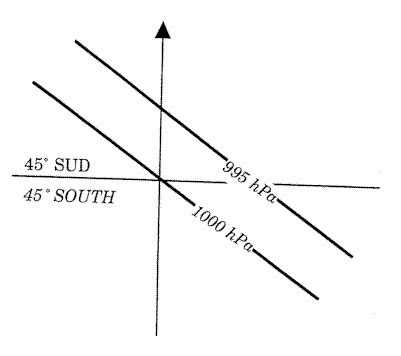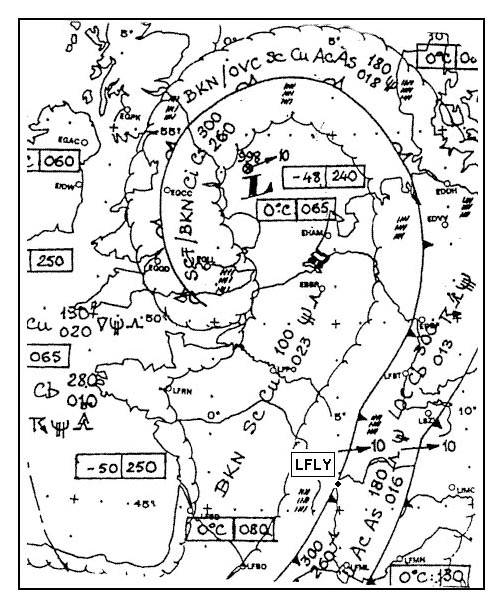Sign up to unlock all our services and 15164 corrected and explained questions.
Question 117-1 : Through which part of the ear does the equalization of pressure take place when altitude is changed ? [ Training professional ]
Question 117-2 : Concerning the effects of drugs and pilot's performance ?
Question 117-3 : What is understood by air sickness ?
Question 117-4 : Cigarette smoking has particular significance to the flyer because there are long term and short term harmful effects .from cigarette smoking the pilot can get ?
Question 117-5 : A pilot who smokes will lose some of his capacity to transport oxygen combined with haemoglobin which percentage of his total oxygen transportation capacity would he give away when he smokes one pack of cigarettes a day ?
Question 117-6 : Flying at pressure altitude of 10 000 ft a pilot being a moderate to heavy smoker has an oxygen content in the blood equal to an altitude ?
Question 117-7 : Which of the following applies when alcohol has been consumed ?
Even after the consumption of small amounts of alcohol normal cautionary attitudes may be lost
Question 117-8 : Alcohol when taken simultaneously with drugs may ?
Question 117-9 : The proprioceptive senses seat of the pants sense are important for motor coordination they ?
Are completely unreliable for orientation when flying in imc instrument meteorological conditions
Question 117-10 : Sensory input to the 'seat of the pants' sense is given by ?
Question 117-11 : Flying from frankfurt to moscow you will have a lay over of 4 days what time measure is relevant for your circadian rhythm on the 3rd day ?
Lt local time
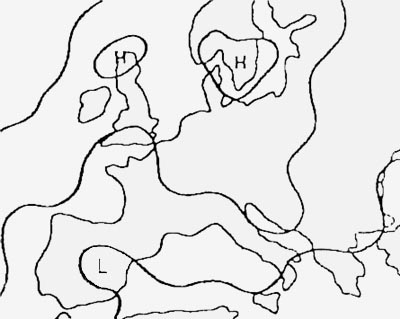
Question 117-12 : Orientation in flight is accomplished by .1 eyes.2 utriculus and sacculus.3 semicircular canals.4 seat of the pants sense ?
Question 117-13 : What should a pilot do to optimise his/her night vision scotopic vision ?
Question 117-14 : During poor weather conditions a pilot should fly with reference to instruments because ?
Question 117-15 : The 'seat of the pants sense' ?
Question 117-17 : A shining light is fading out i e when flying into fog dust or haze what kind of illusion could the pilot get ?
Question 117-18 : Autokinesis is ?
Question 117-19 : A pilot is used to land on small and narrow runways only approaching a larger and wider runway can lead to ?
An early or high 'round out'

Question 117-21 : Which problem may occur when flying in an environment of low contrast fog snow darkness haze .under these conditions it is ?
Question 117-22 : Which of the following symptoms can mark the onset of hyperventilation ?
Question 117-23 : Out of the list of possible measures to counteract hyperventilation the most effective measure is ?
Question 117-24 : What event can cause a hyperventilation not required by physical need .1 pressure breathing .2 anxiety or fear .3 overstress .4 strong pain .5 jogging ?
1 2 3 and 4 are correct 5 is false
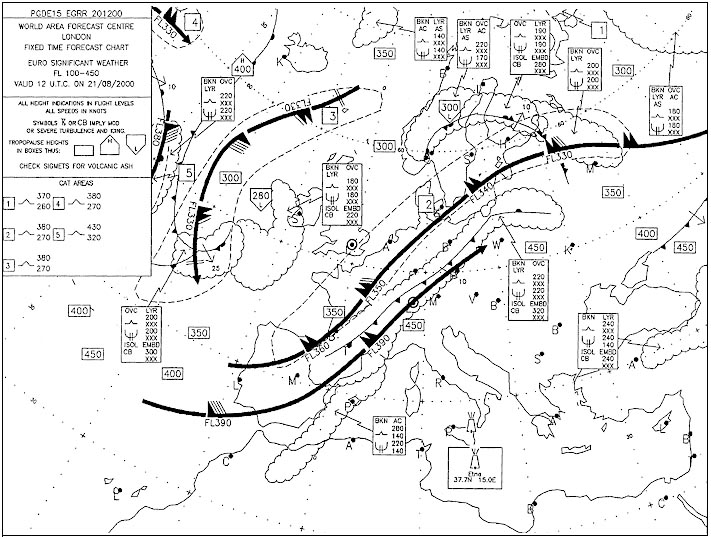
Question 117-25 : Which of the following could a pilot experience when he is hyperventilating .1 dizziness .2 muscular spasms .3 visual disturbances .4 cyanosis ?
Question 117-27 : A pilot who is hyperventilating for a prolonged period of time may even become unconscious .hyperventilation is likely to occur when ?
Question 117-28 : Breathing pure oxygen without pressure will be sufficient up to an altitude of ?
Question 117-29 : The 'effective performance time' or 'time of useful consciousness' after a decompression at 35 000 ft is ?
Question 117-30 : The time between inadequate oxygen supply and incapacitation is called tuc time of useful consciousness it ?
Question 117-31 : After a decompression to 43 000 ft the tuc time of useful consciousness will be approximately ?
Question 117-33 : Decompression sickness symptoms may develop due to ?
Question 117-34 : Disruptions of pressure equalization in air filled cavities of the head nose ear etc are called ?
Question 117-35 : Barotrauma caused by gas accumulation in the stomach and intestines can lead to ?
Question 117-36 : What counter measure can be used against barotrauma of the middle ear ?
Question 117-37 : Trapped intestinal gases can cause severe pain when is this the case ?
Question 117-39 : Barotrauma of the middle ear is usually accompanied by ?
Question 117-40 : The risk of barotrauma of the middle ear is more likely to occur ?
~
Exclusive rights reserved. Reproduction prohibited under penalty of prosecution.
4639 Free Training Exam

